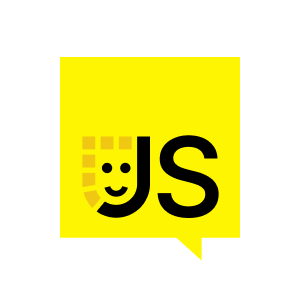It's way faster and very quicker. If not, they can go to the major branch or the main branch and then also ask the branch to have those things in the smaller or pricier branches so they can get it from there. This is how CDNs caching work. It's basically replicating the static content on proxy servers at the edge of the network. So when a user requests content from a website using a CDN, the CDN fetches the content from the origin server or the main server and then saves a copy of the content for future requests. Cached content remains on the CDN cache as long as users continue to request it.
Well, what about GraphQL queries? Like where are we going with this? Well, CDNs know how to cache resources when they actually have those request headers we talked about attached to them. But can we use those request headers with GraphQL queries? Yes, we can. We can set cache control headers on a GraphQL query, right? Well, except we usually use resources that are query documents. Well, still a resource. So we can set headers. In the example that you see here, one document is our resource here and we could undoubtedly attach the cache control last modified and some e-text headers to it. But even though that is possible in theory since GraphQL uses post, but in action we basically can't attach those headers to post and you need to use get. So that's why we come to persistent queries as solution number one to go around attaching those headers we talked about to GraphQL queries.
A central principle in REST that we talked about is that you use a URL to identify a piece of data, a piece of resource, and then we use get gets verb in our HTTP request to indicate that you're doing some data read, not a write. That tells our CDNs it's OK to catch that result since it's not expecting to modify something on the back end. In contrast to that, historically, most graphical tools sent HTTP requests using posts. Instead of a URL, they used a complicated request body that contains a query and variables. As an added complication, in some browsers, there is relatively a small URL size limit. That means you can fit the entire query that you're making and also the valuables in the get requests. So what can we do? Well, persistent queries come to our rescue. By combining ApolloLink, our modular network interface for the client, and Apollo's engine automatic persistent queries feature, we can address both concerns at once. After setting up the engine, you can easily add ApolloLink persistent queries to your client code. So here is a code example of using a persistent query link. This will do two things for us. First, sending queries over HTTP GET instead of POSTs, right, because CDNs need that GET request to understand that resources are not changing, while still using POST for mutations. And second, use a shortened persisted query ID in the GET URL so that the cache key for CDNs is shorter and we don't hit the URL size limits. This brings GraphQL much closer to the regular HTTP GET requests that CDNs are designed to handle.
Well, what else can we do than persistent queries? Let's talk about poll cache control. What's that? With our REST API, we can simply return a cache control header from a specific endpoint.

























Comments